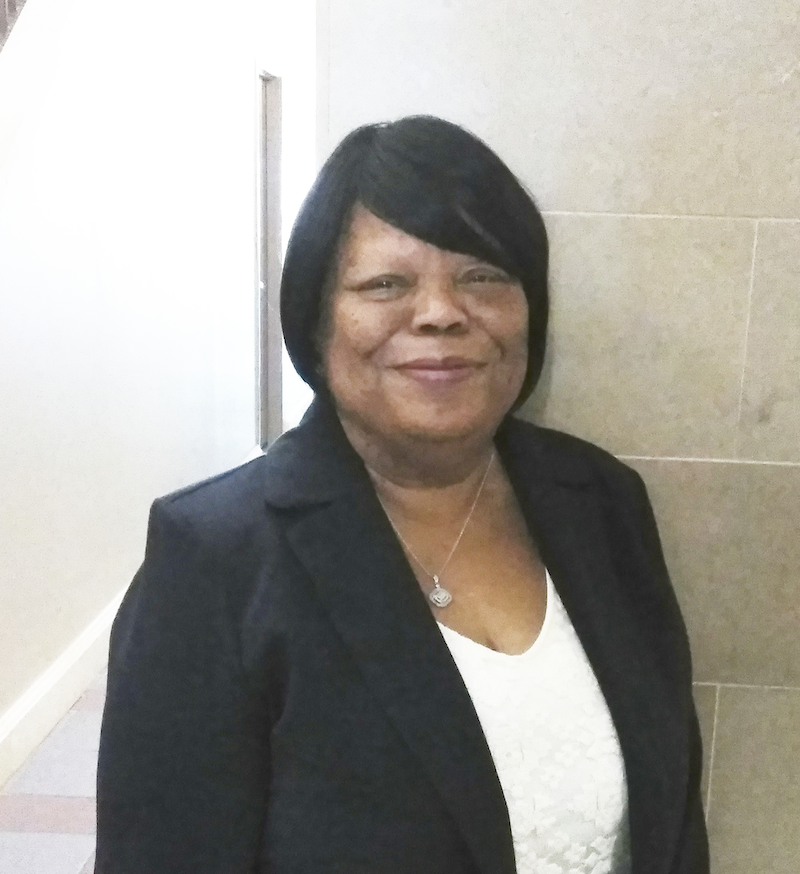EDITORIAL — Some heads may rise above water
Published 12:07 am Tuesday, July 23, 2019
Now come the details.
The 60 inches of rain that flooded Port Arthur in August 2017 and the results and ramifications that followed have been expressed in broad terms:
- 80 percent of the city flooded.
- Second most devastating U.S. storm in terms of property damage.
- $275 million in federal buyout money … in Texas.
That’s the view at 10,000 feet.
Trending
Last week, the Port Arthur City Council got the federal buyout program view at a bird’s-eye view. City planners said the local allocation for buying out properties that qualify is $4,142,753. That means — roughly — the city can buy out some 30 homes and move people away from problematic situations.
There is no shortage of homes in this city that rest in not just at-risk situations but repetitive at-risk situations. The federal government has specific guidelines in funding some solutions, not others, and the city’s professionals are seeking the biggest bang for the government’s bucks.
That’s why they’ve cited two — perhaps it will become three — neighborhoods where prospects for homes in a flood-prone city are bleak. One is in the low-lying Pekin Addition, which faces not just the risk of flooding but the double whammy of resting too close to a “tank farm,” which comprises several oil storage units. Blocks 6-15 there don’t meet “acceptable separation distance for thermal radiation for people.” That means the feds won’t pump money into fixing them. Nor do Blocks 6-15 meet city standards for lot sizes — they were built for “shotgun” houses — and don’t meet adequate acreage for anything else.
City planners also suggested consideration of Montrose Addition No. 2, blocks 1-4 and 8-10, near the intersection of West Port Arthur Road and FM 365. Homes there face the risk of repetitive flooding. Councilmembers suggested that Montrose Addition No. 1, across the street, also in a flood zone, be considered for buy-out money.
There’s a long road to travel before anyone gets a buyout, no matter how much it may be needed. In some cases, homeowners may not want to move. They may not like alternatives offered.
City planners say there will be community meetings and public hearings and guidelines must be set — those are subject to the approval of the General Land Office, which is overseeing federal buyout money in Texas — before anyone moves anywhere. Government officials ought to protect the taxpayer’s coin in such projects as well as serve people who need help.
Trending
But it’s of at least some relief to see the full range of federal disaster programs move forward, however slow and begrudgingly it may happen. If some 30 homeowners in impossible situations get help, we would be happy for them. The rain fell on us all. It’s good to see some heads emerge above the water.






